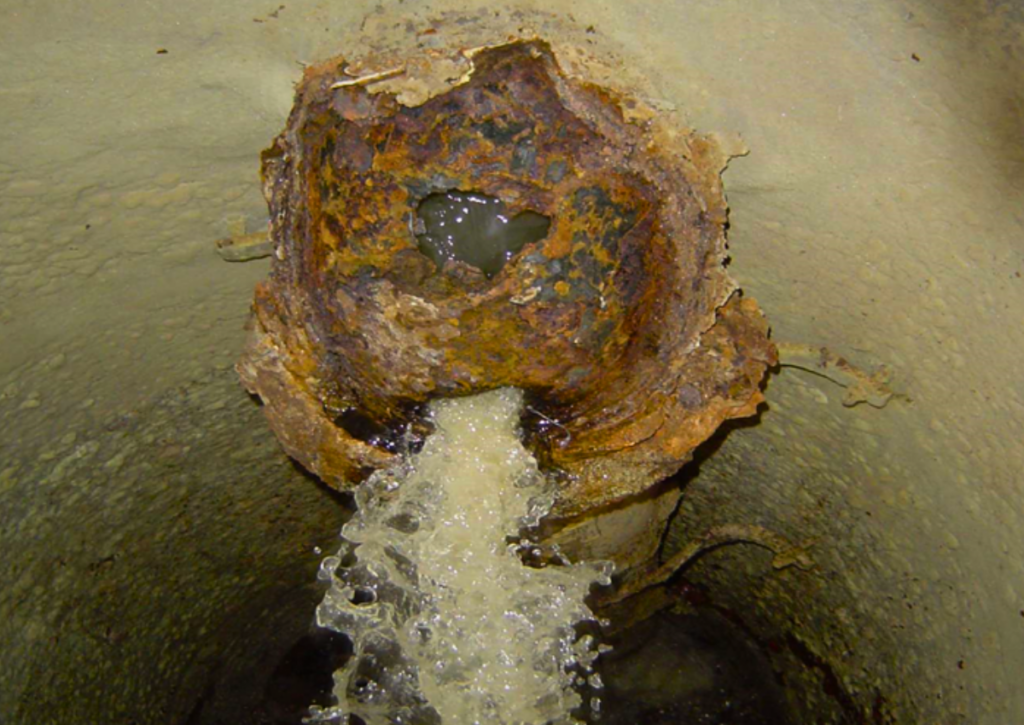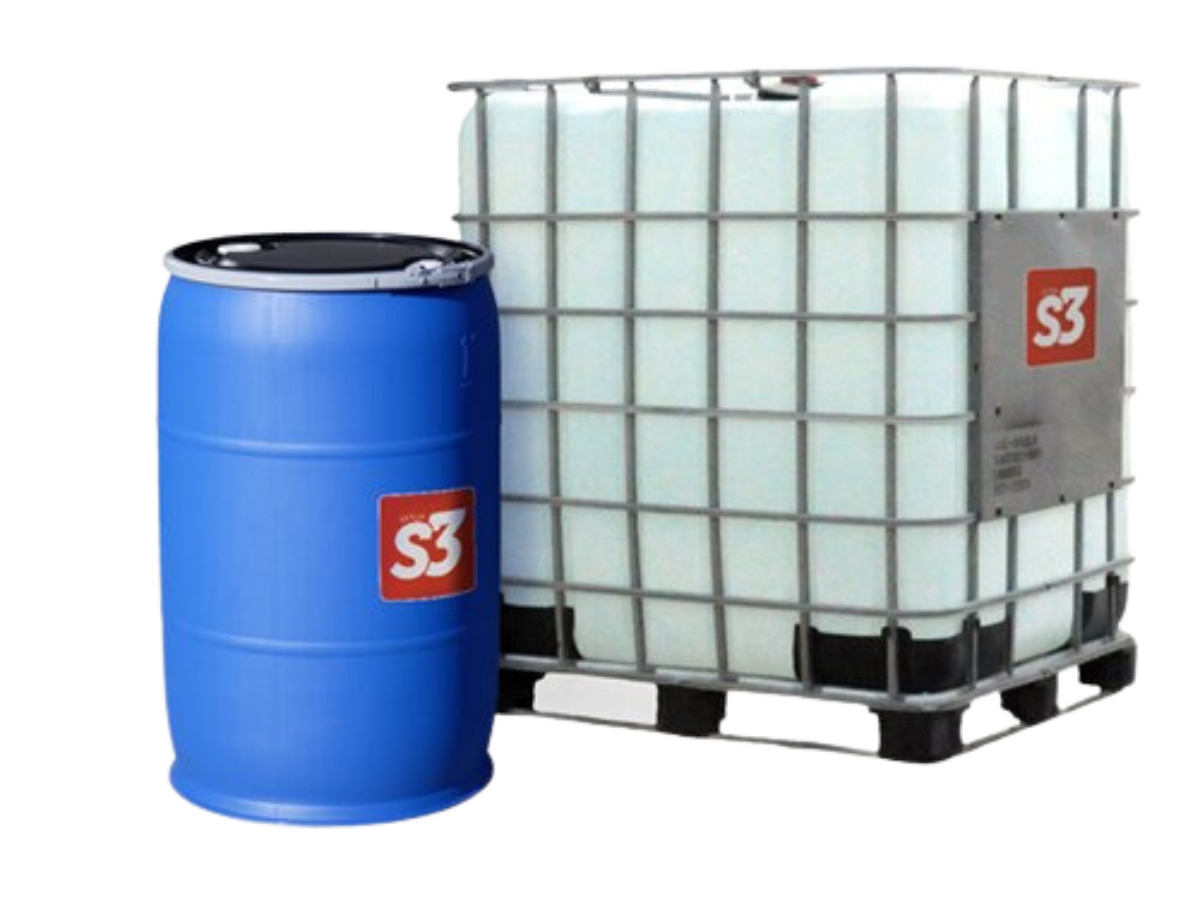Ultra-S3® Removes Hydrogen Sulfide (H2S) from the Equation to Protect Critical Infrastructure from Destructive Corrosion
Hydrogen sulfide (H2S) poses a significant threat to the longevity of facility infrastructure, especially in industries like wastewater treatment, paper mills, natural gas processing, and others where its production is a common byproduct.
One of the primary ways in which H2S can damage infrastructure is by off-gassing into the headspace of pipes or vessels. Here, under certain conditions, it can be biologically oxidized into sulfuric acid, which is highly corrosive. This process leads to what is known as crown corrosion, severely deteriorating the upper regions of these structures and compromising their integrity. The damage may not be easily visible but can cause catastrophic failures over time.

Infrastructure elements such as concrete and steel commonly found in wastewater treatment plants, wet wells, and gravity mains are not immune to H2S’s deleterious effects. The corrosive properties of the resultant sulfuric acid from H2S oxidation eat away at the surfaces of these materials, reducing their structural integrity and resulting in a shorter lifespan.
H2S also poses a significant threat to the electrical systems in these facilities. Copper components, a mainstay in electrical systems, are particularly vulnerable to the rapid oxidation effects of H2S. This reaction effectively destroys the copper elements, leading to potential system failures.
Ultra-S3® Significantly Increases Infrastructure Lifespan
Ultra-S3® eradicates hydrogen sulfide (H2S), thus protecting critical infrastructure and significantly increasing its lifespan. The EPA has noted that infrastructure expected to last 50-100 years is, in reality, failing in just 10-20 years due to H2S corrosion. Integrating Ultra-S3® into facility processes can mitigate this premature failure.
Several high-profile examples highlight the potential infrastructure savings that could have been achieved with the use of Ultra-S3®:
- At the Kashagan Oil Field in Kazakhstan in 2013, high levels of H2S caused pipeline leaks due to stress corrosion cracking, necessitating a complete pipeline replacement. This incident resulted in a production halt for two years and incurred substantial costs.
- In Colorado Springs, the city faced damaging effects of H2S on its sewer system infrastructure. In 2004, corrosive damage due to high levels of H2S led to costly replacement and repairs.
- The city of Napa, California experienced significant pipe corrosion in its wastewater system due to high H2S concentrations in 2001. This resulted in substantial expenditure on replacing the corroded sewer lines.
In all these instances, Ultra-S3® may have prevented extensive and expensive infrastructure failure.
